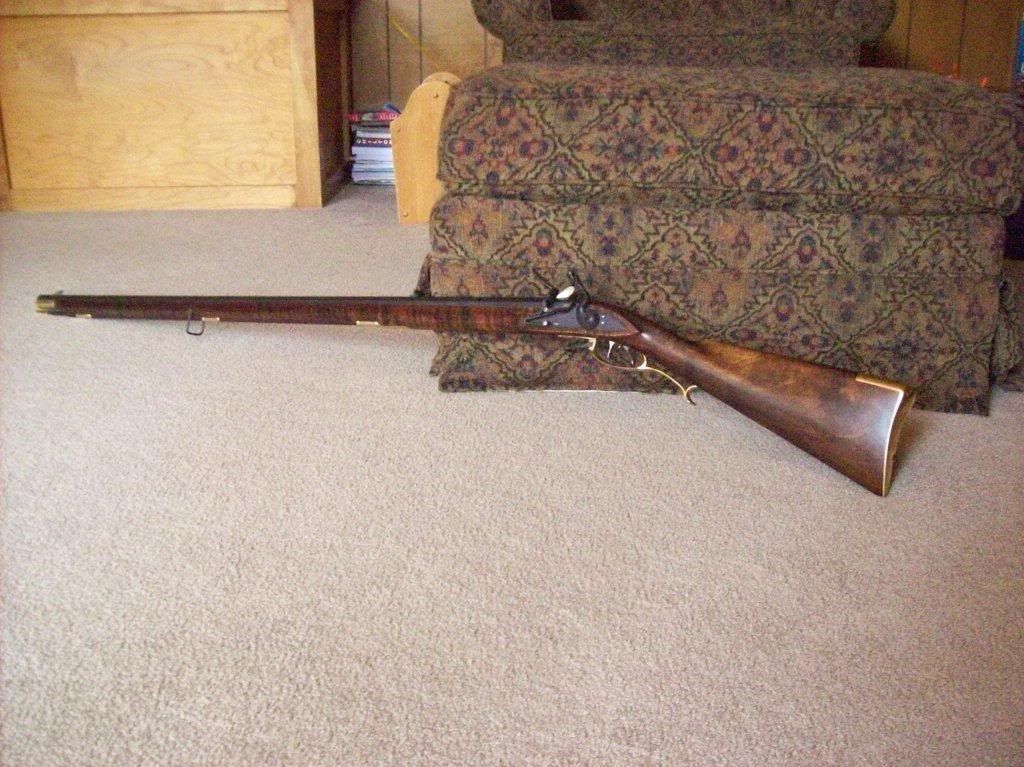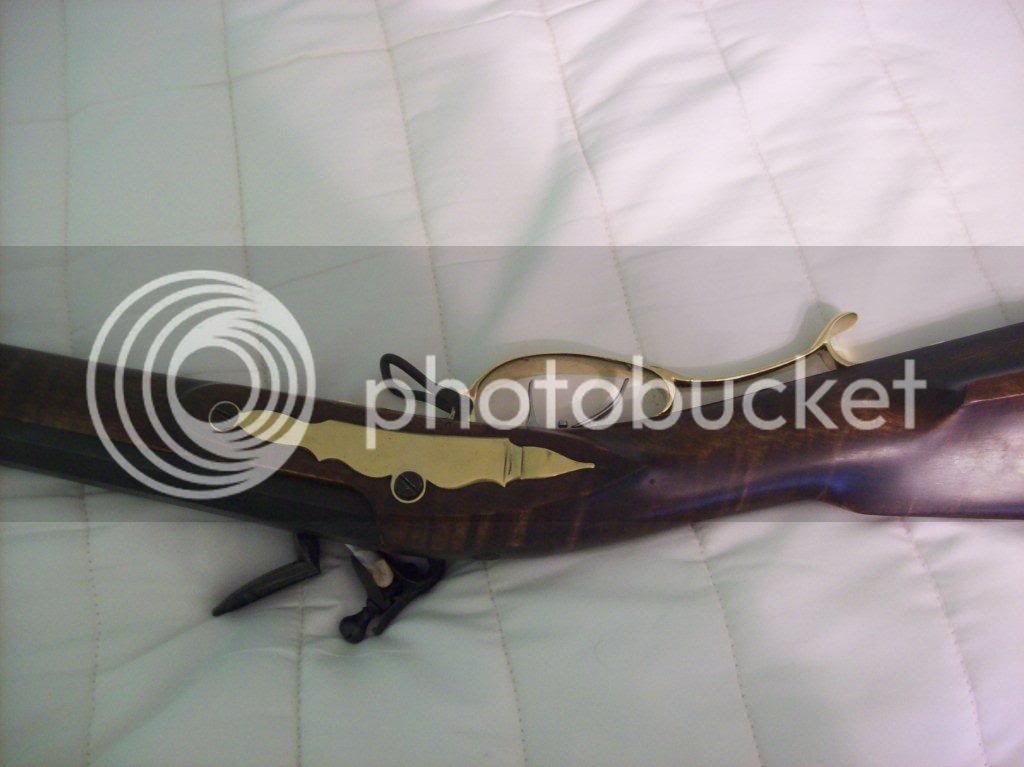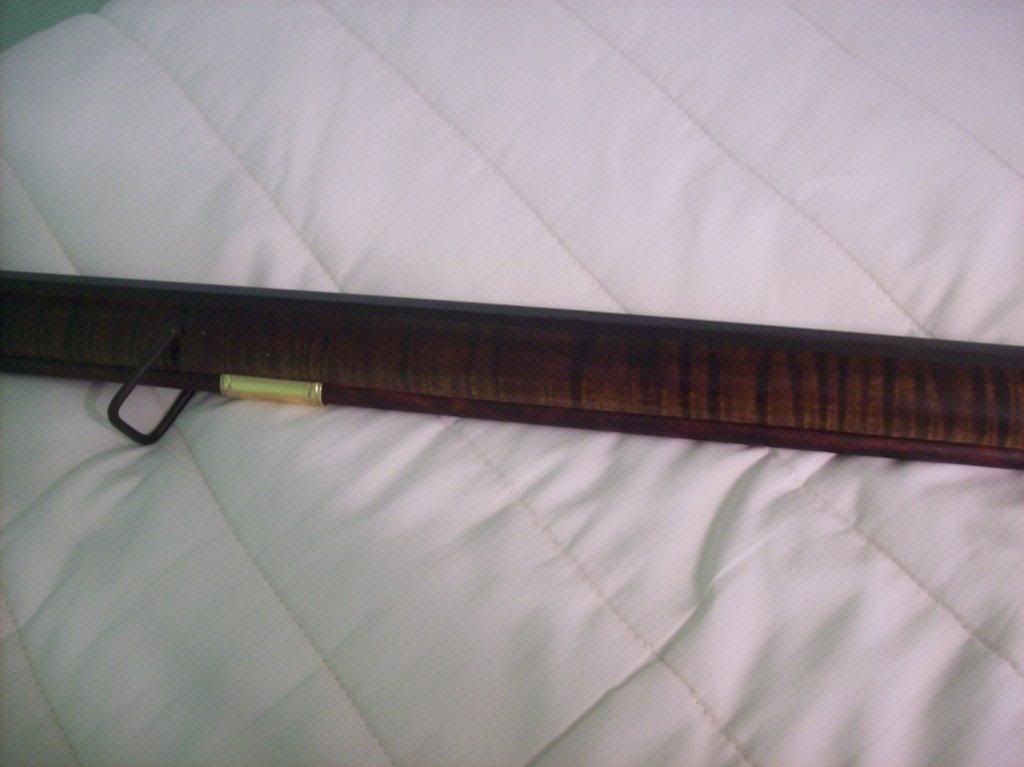I've very much enjoyed reading the wealth of information on this board it has completely changed what I thought I wanted from a longrifle.
I'm thinking of having my first longrifle (and first muzzleloader) built. Based on the recommendations of this board I'm probably going to go with TVM. I was wondering about the correctness/plausibility of several of the features I'm thinking about. I'm leaning toward a left handed Early Virginia rifle. Are there any examples of left handed guns from the colonies?
Also, every original long rifle I've seen has had a patchbox of one form or another. Were there exceptions to this rule? I'm thinking about doing without a patchbox since it's a rather expensive add on that I don't see myself using much.
All the original examples I've seen have had a great deal of carving, engraving, and inlaying done. It seems to me (not that I'm an expert or anything) that someone using a rifle to carve out a meager living on the frontier wouldn't have payed for such non functional extras. I wonder if the surviving examples are from cherished collections of relatively wealthy individuals which were displayed a lot and used relatively little. Was there a much larger population of much plainer rifles which were used more, valued less, and thus have not survived into the present day? Alternatively, can anyone point me to images of a poor man's rifle from the early (pre-revolution) colonies?
Thanks
I'm thinking of having my first longrifle (and first muzzleloader) built. Based on the recommendations of this board I'm probably going to go with TVM. I was wondering about the correctness/plausibility of several of the features I'm thinking about. I'm leaning toward a left handed Early Virginia rifle. Are there any examples of left handed guns from the colonies?
Also, every original long rifle I've seen has had a patchbox of one form or another. Were there exceptions to this rule? I'm thinking about doing without a patchbox since it's a rather expensive add on that I don't see myself using much.
All the original examples I've seen have had a great deal of carving, engraving, and inlaying done. It seems to me (not that I'm an expert or anything) that someone using a rifle to carve out a meager living on the frontier wouldn't have payed for such non functional extras. I wonder if the surviving examples are from cherished collections of relatively wealthy individuals which were displayed a lot and used relatively little. Was there a much larger population of much plainer rifles which were used more, valued less, and thus have not survived into the present day? Alternatively, can anyone point me to images of a poor man's rifle from the early (pre-revolution) colonies?
Thanks












